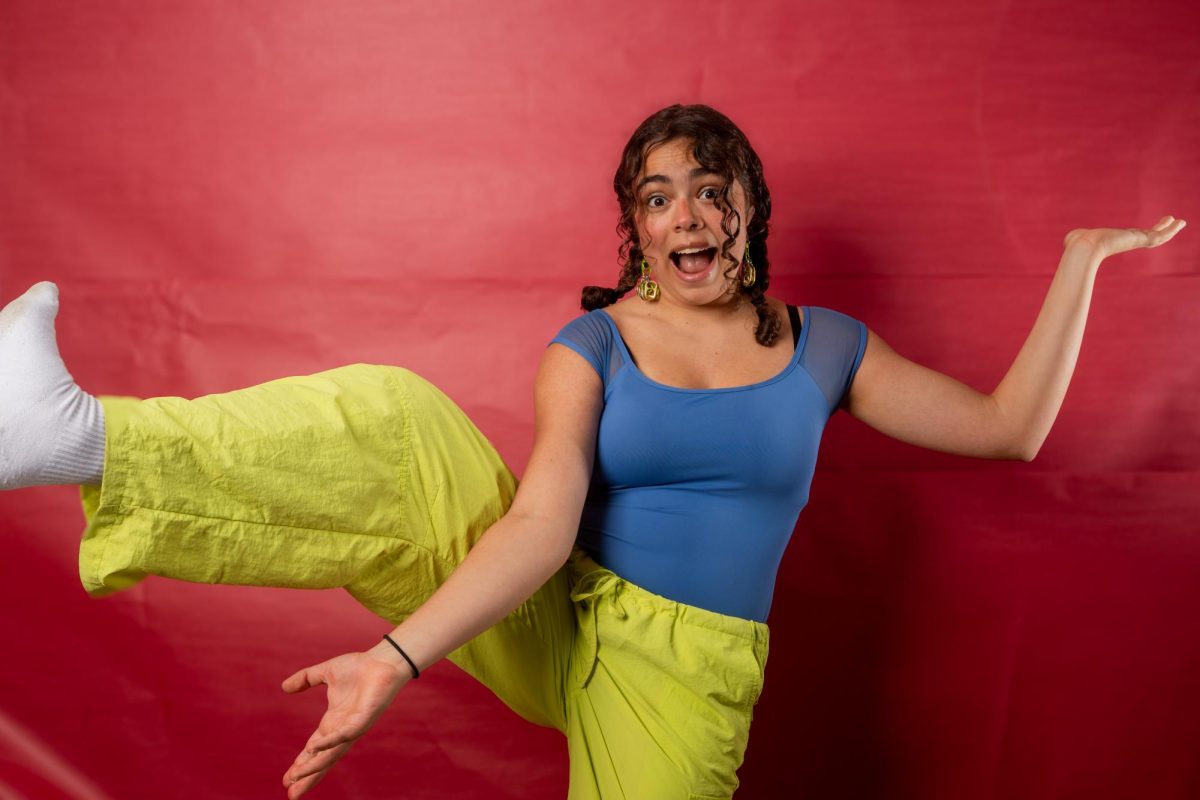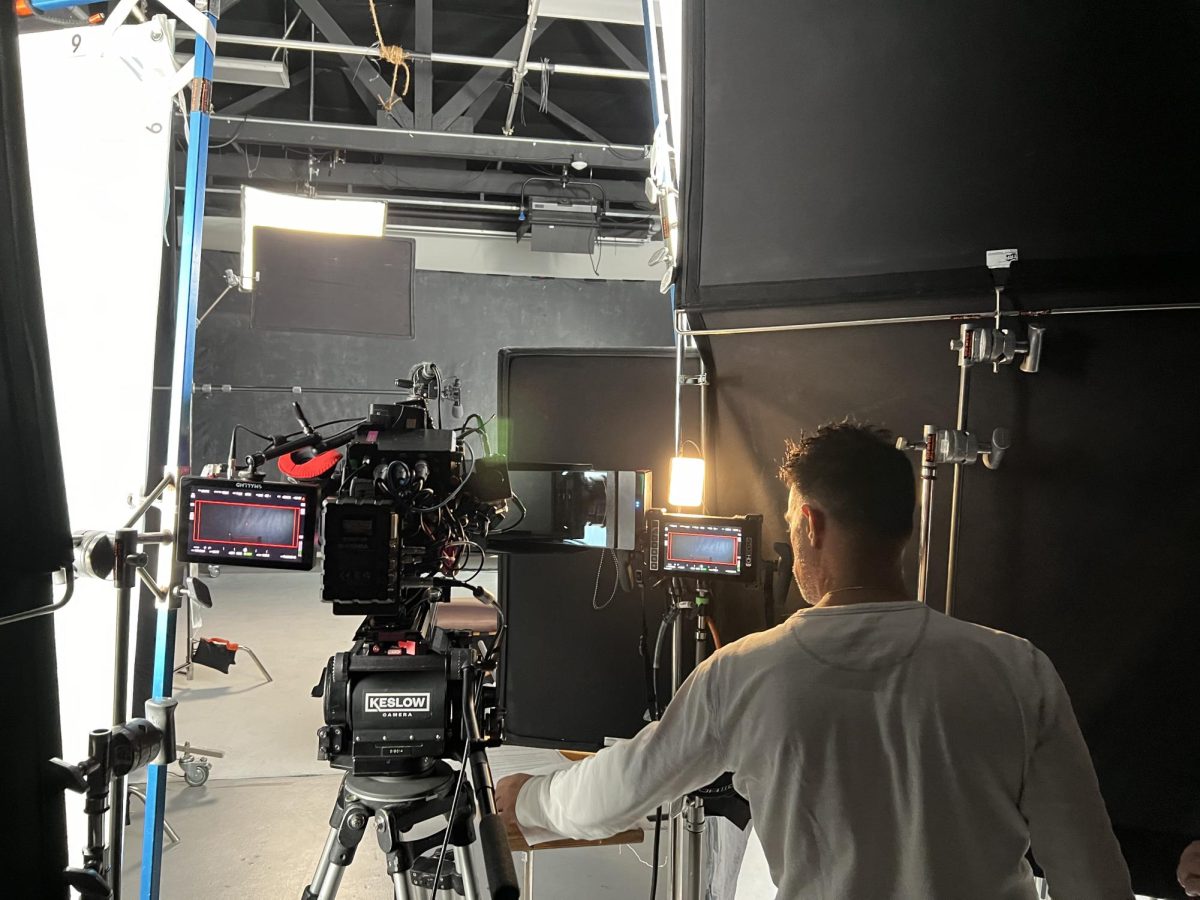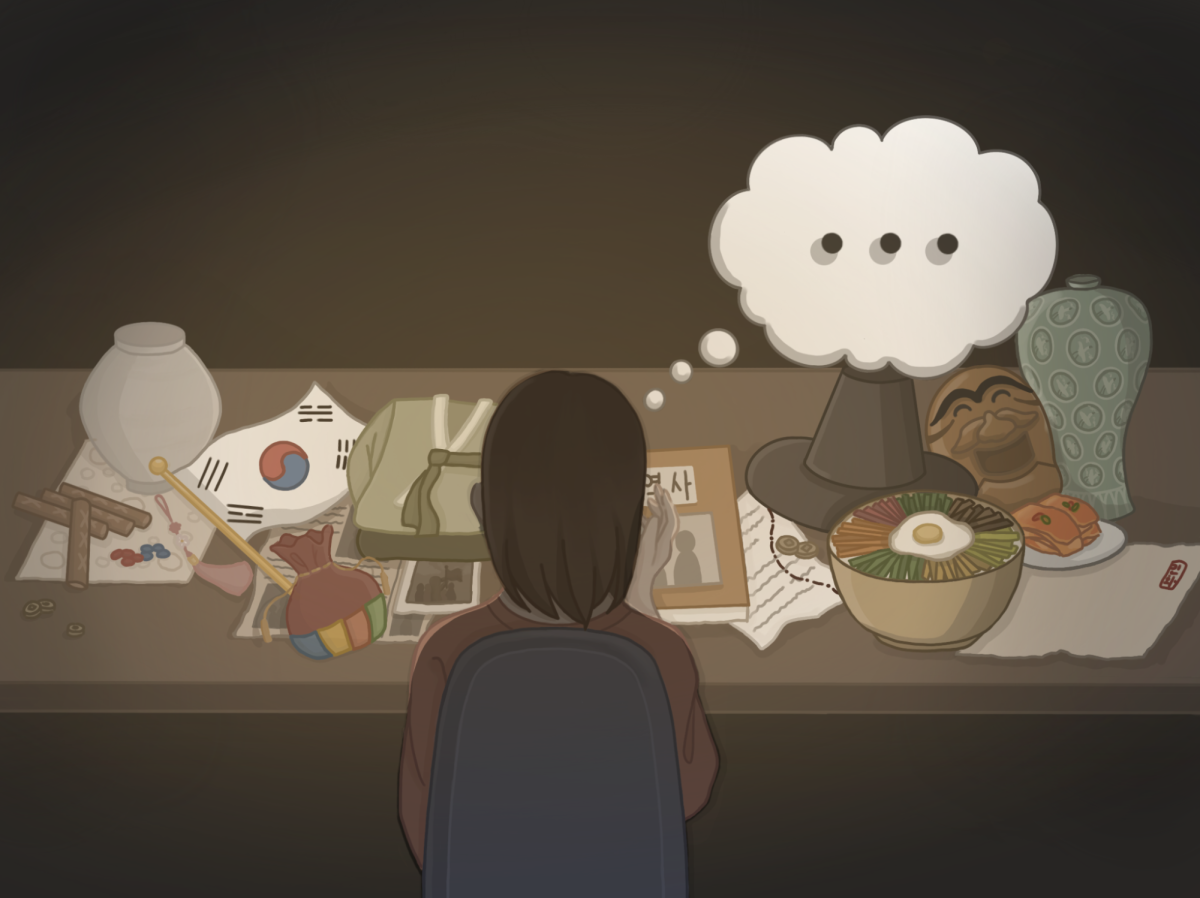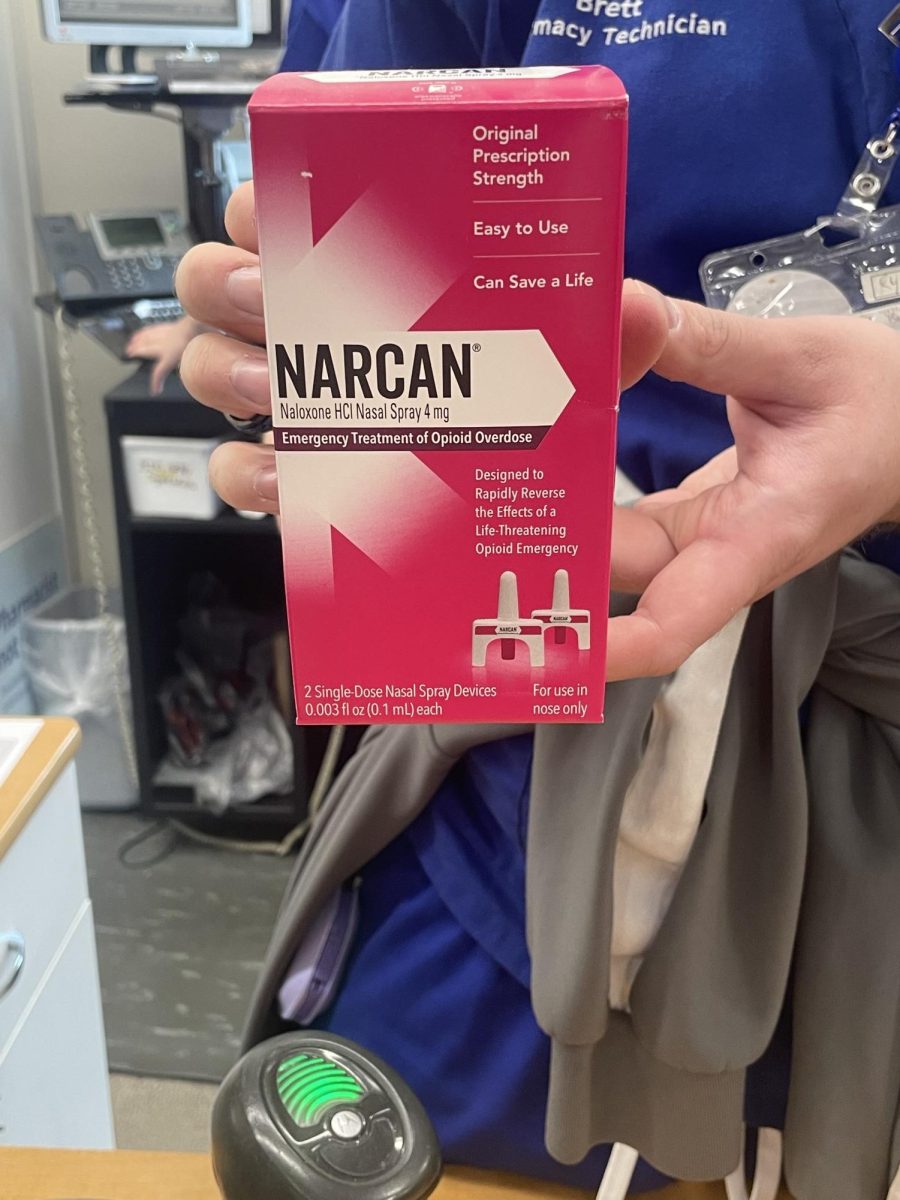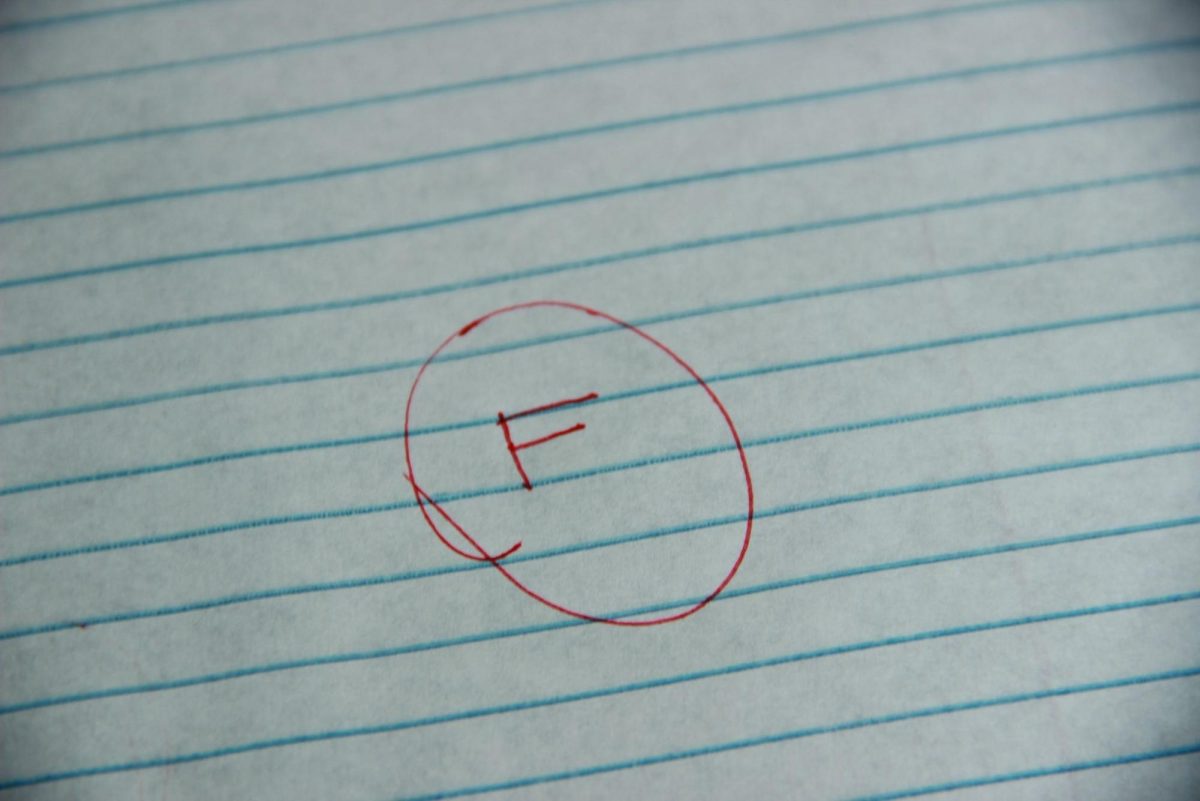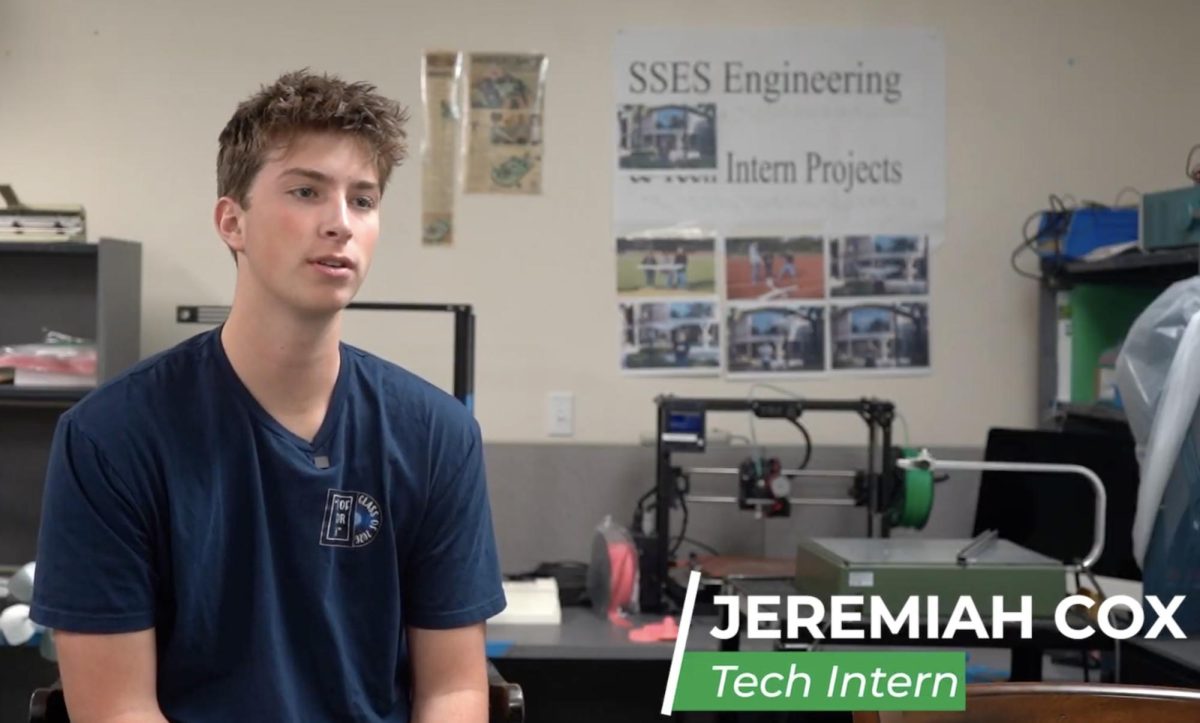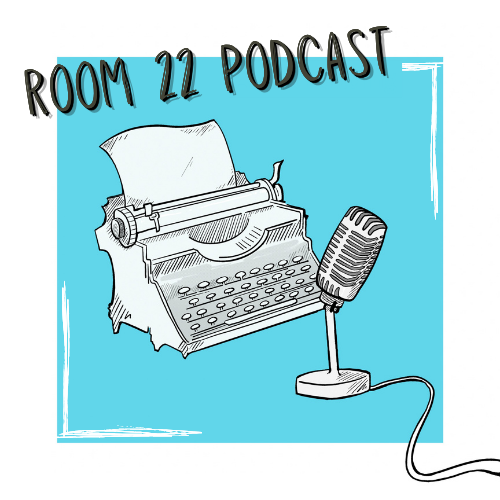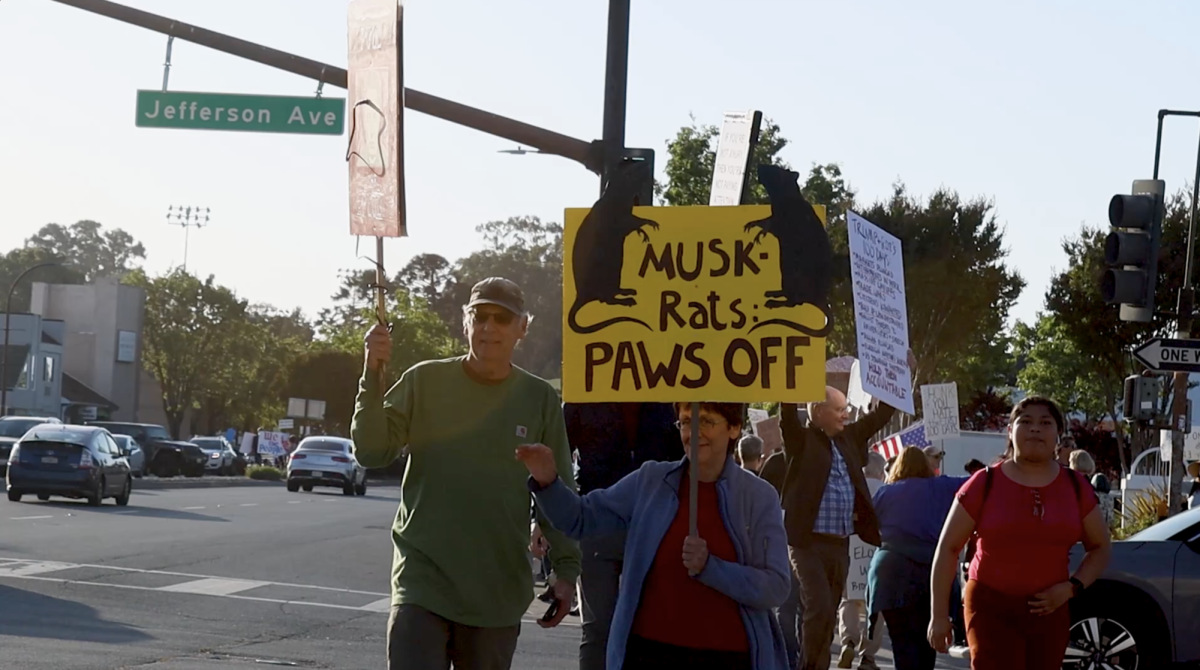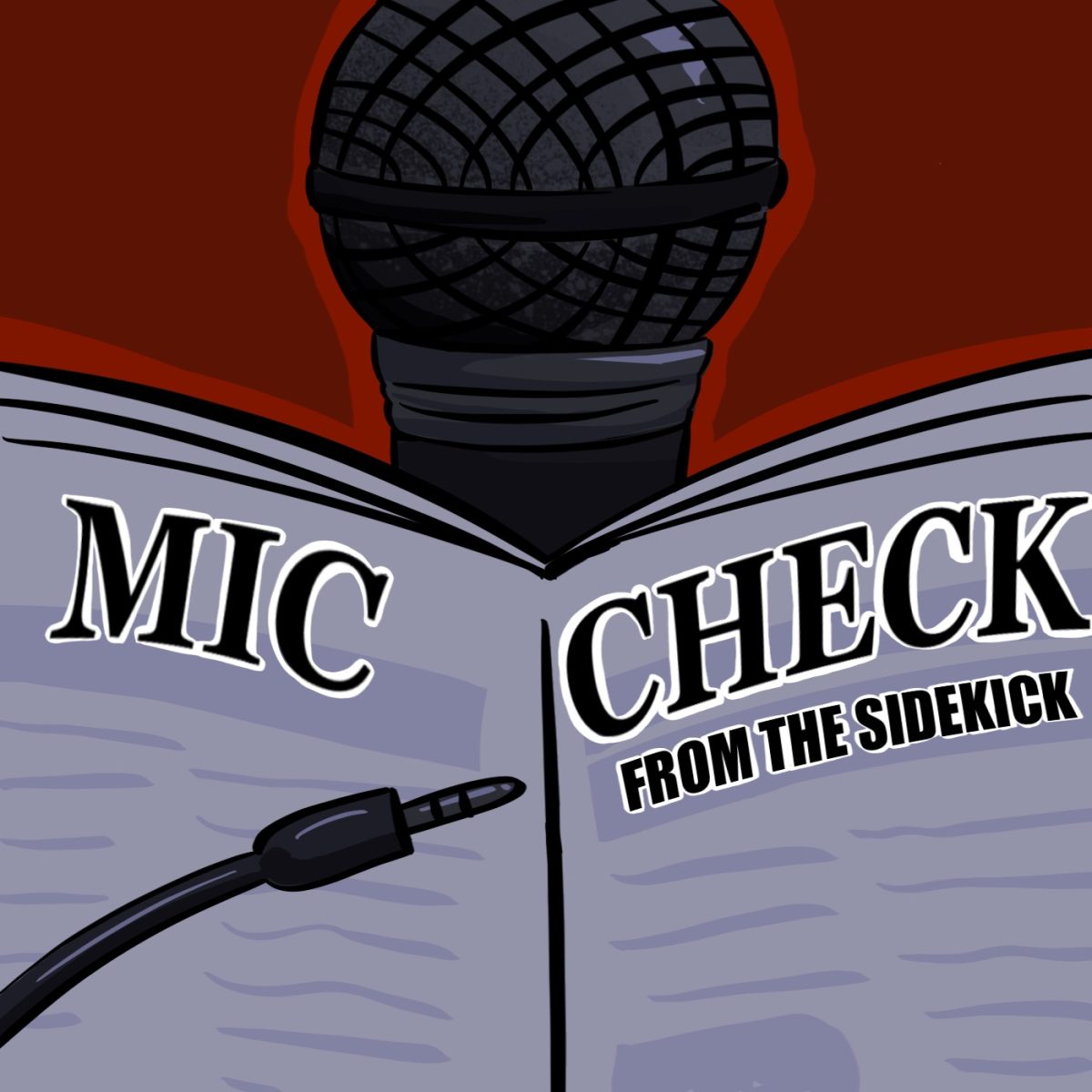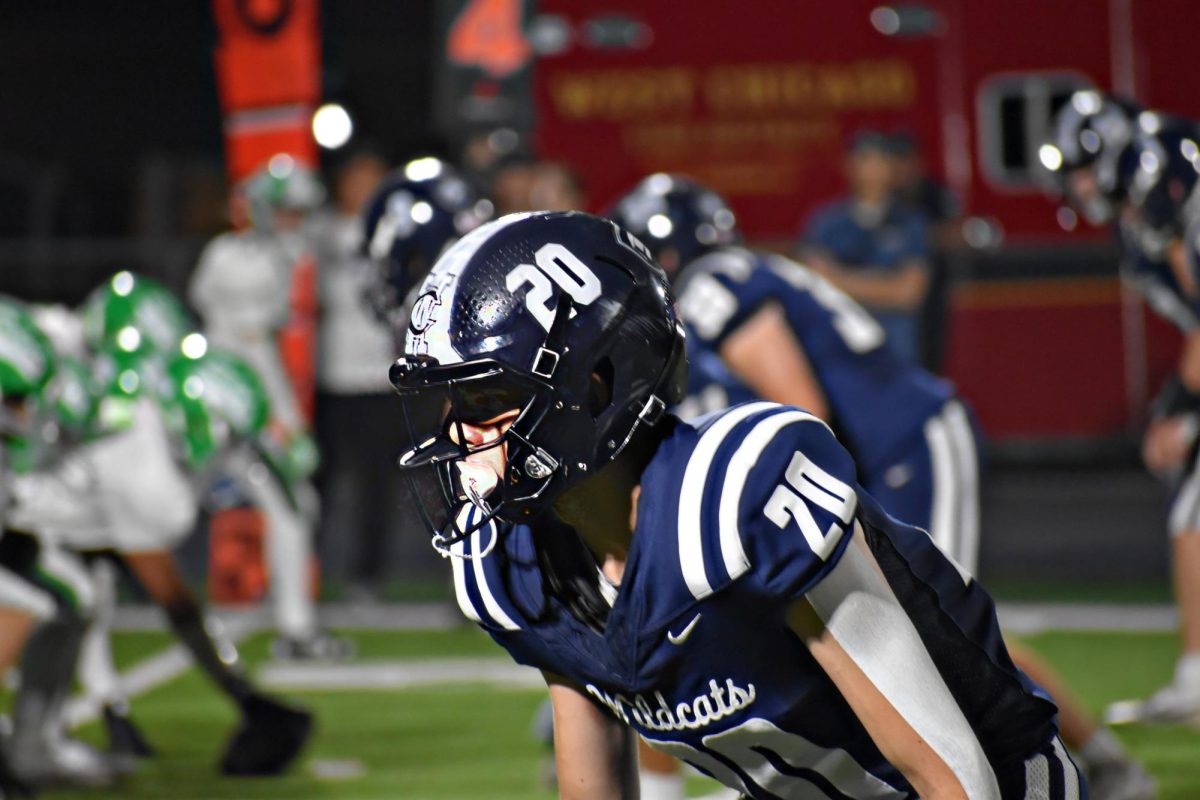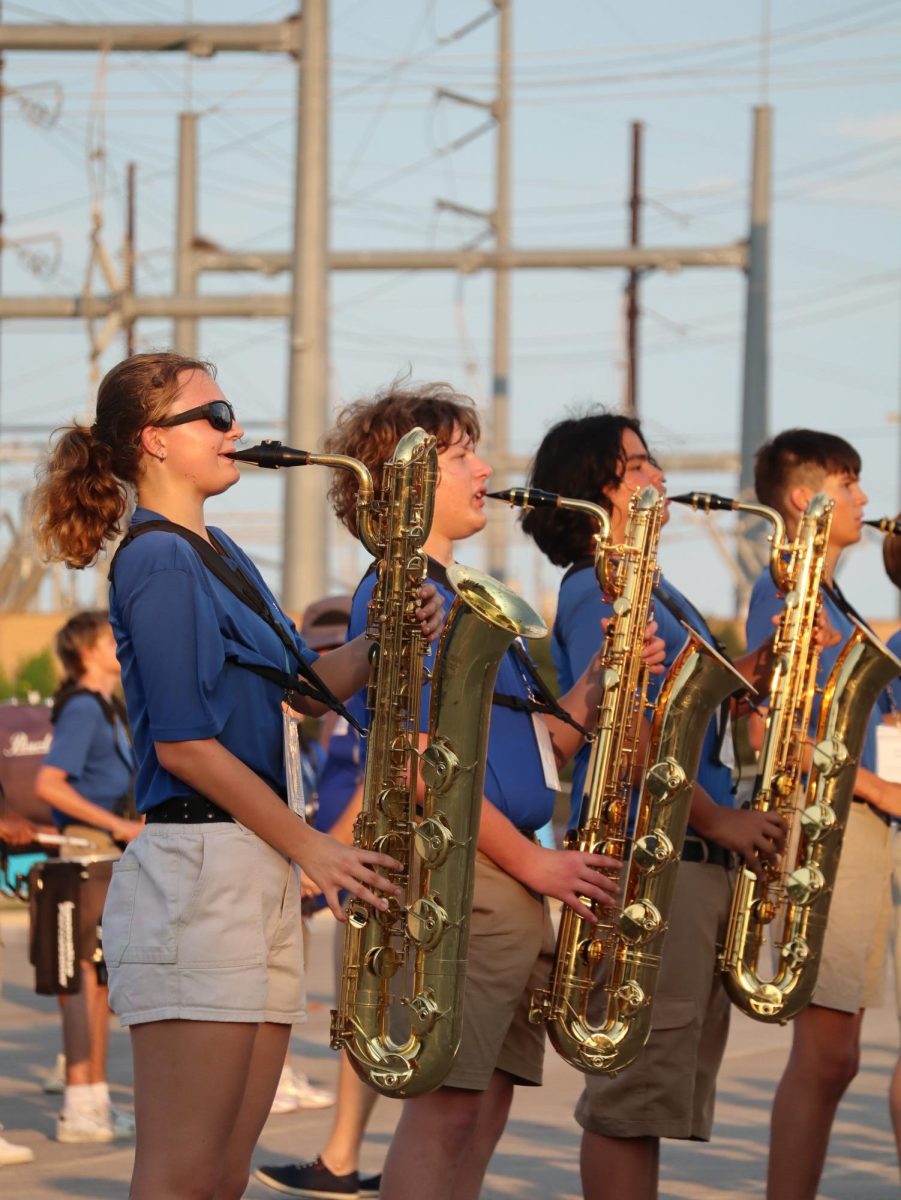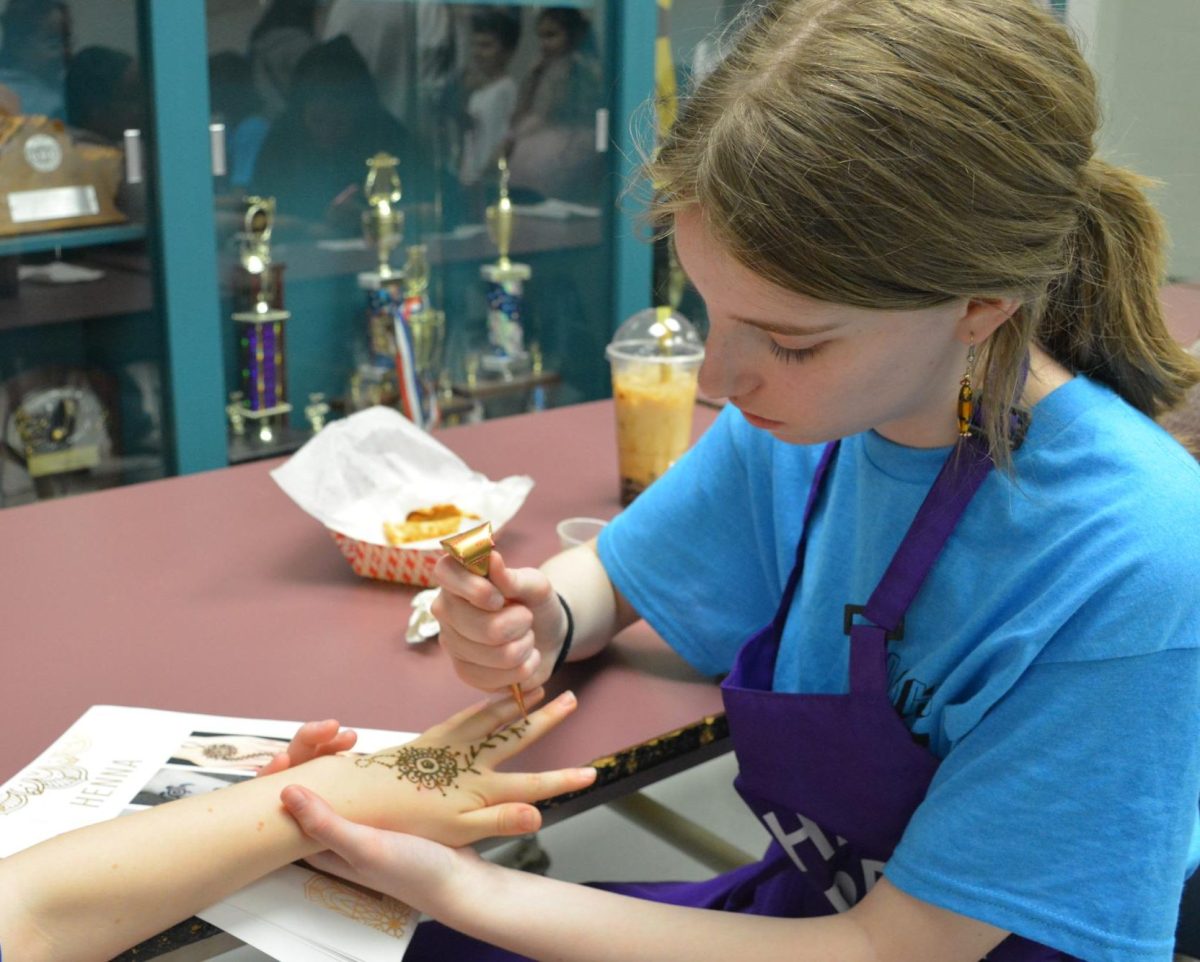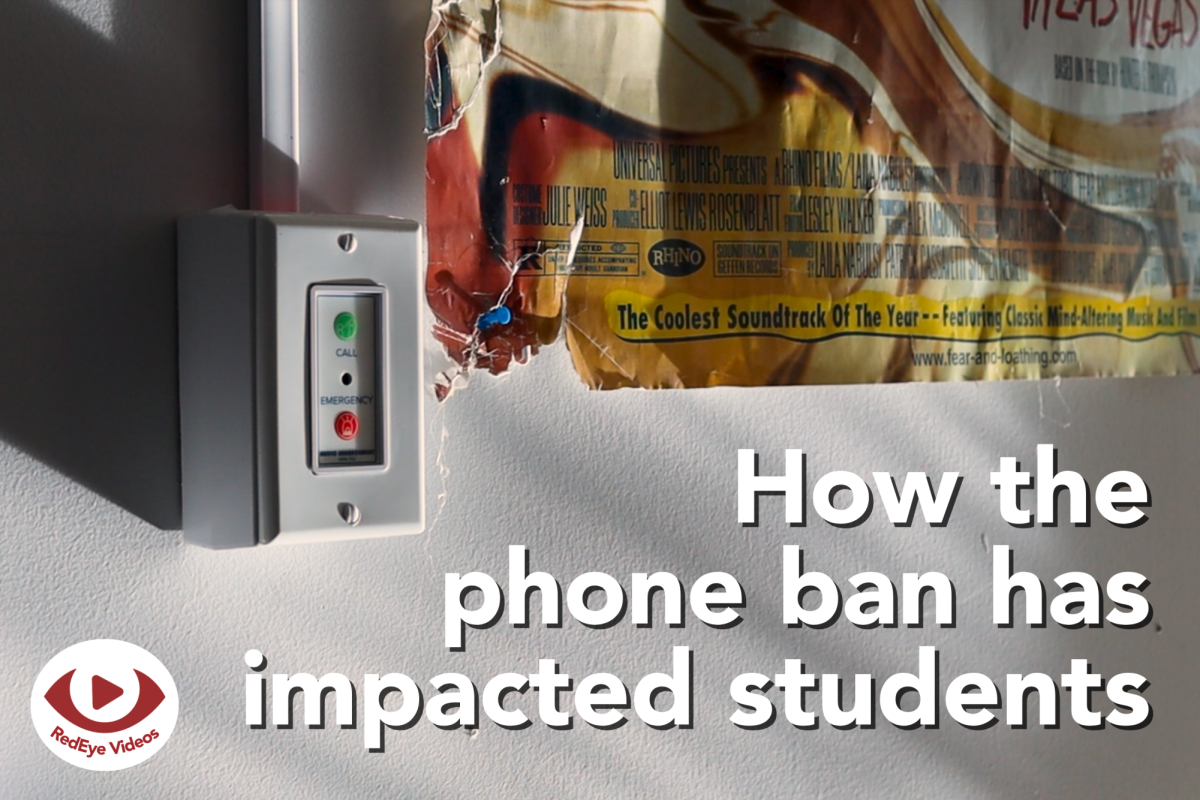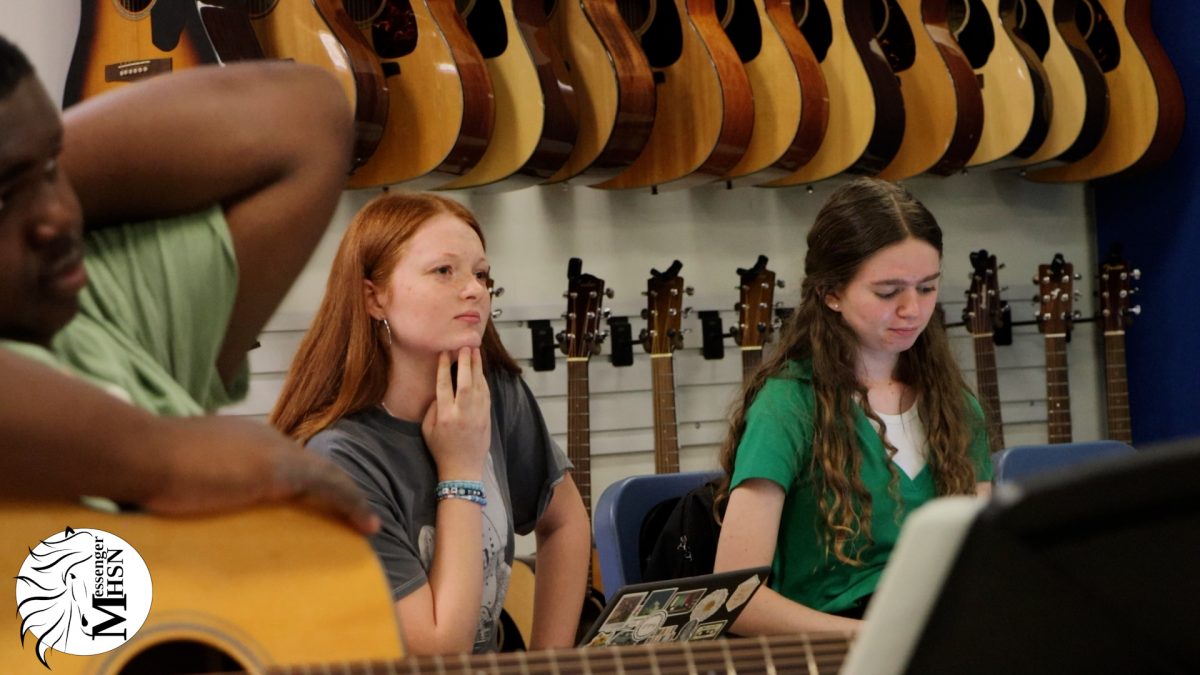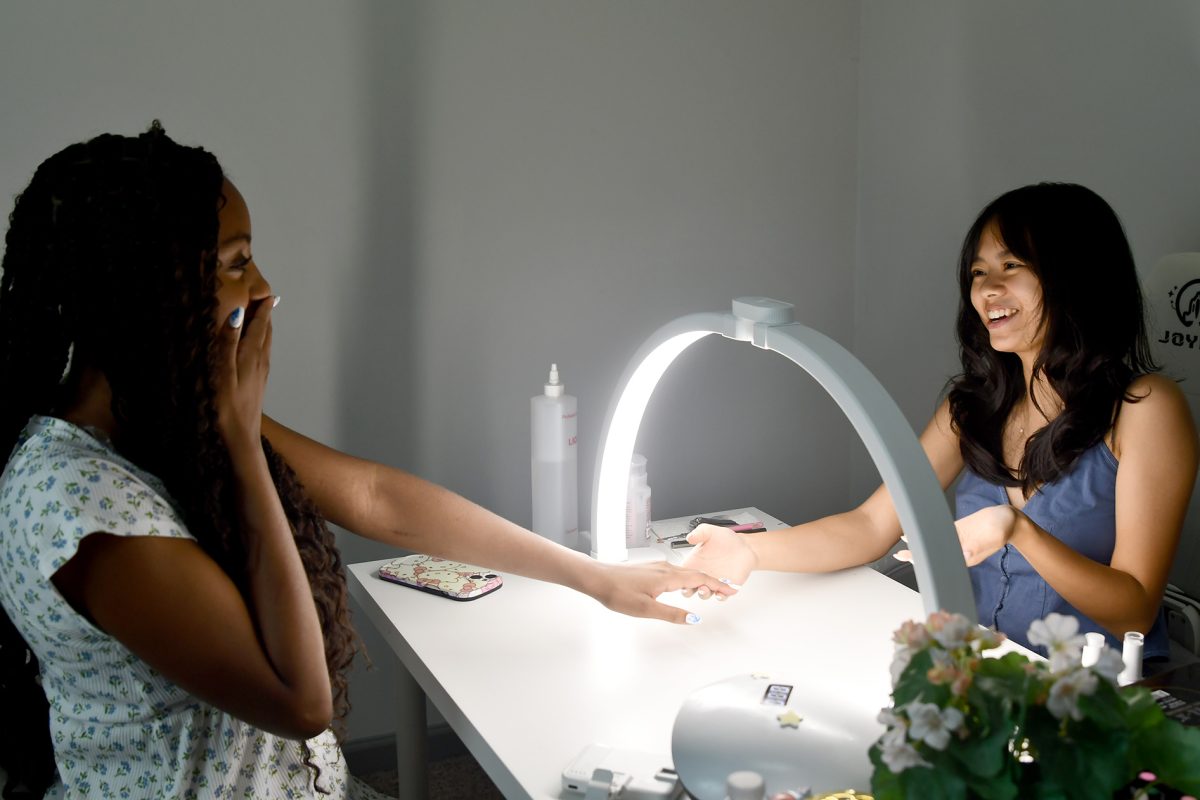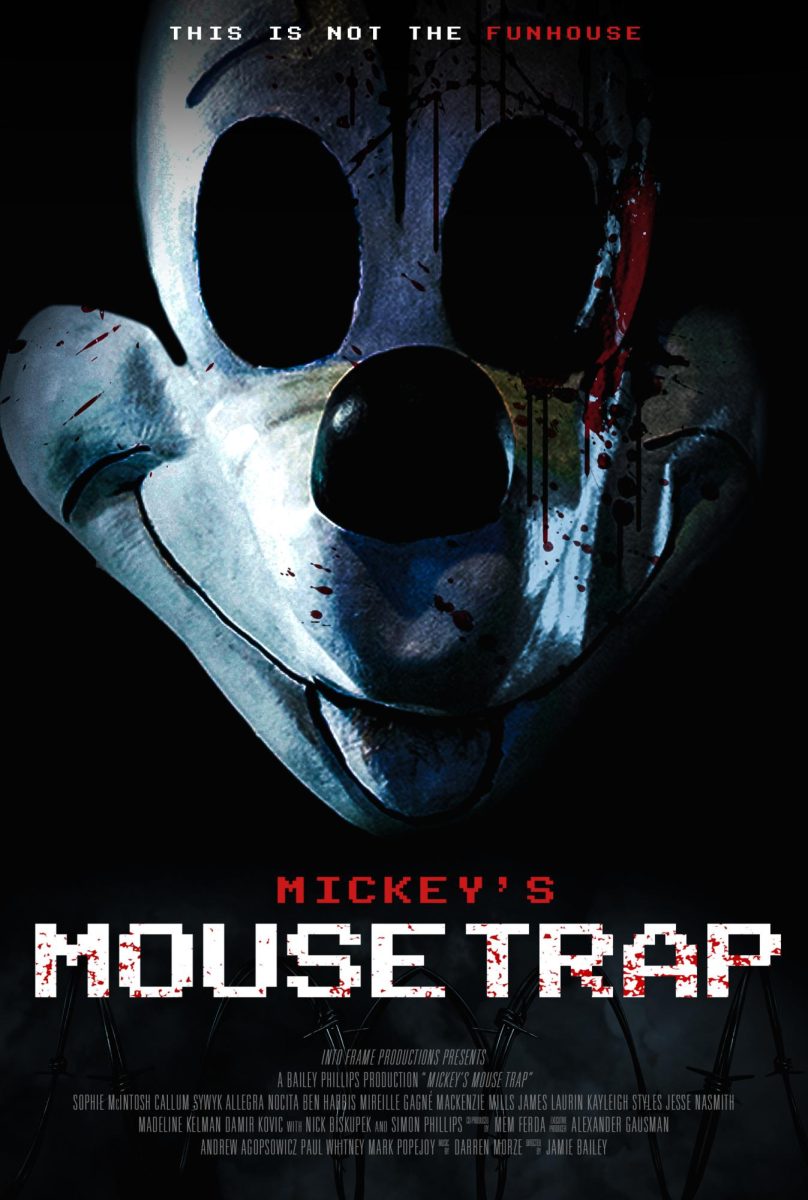When thinking about Disney, what comes to mind? Colorful characters, catchy songs, or gruesome horrors? While this may seem absurd, it could be possible for many in the near future.
Thanks to many famous Disney characters entering the public domain, filmmakers can share their interpretations of these classic characters. A large majority have found themselves placed in the horror genre. With the popularity of killer clowns such as “IT” and “Terrifier,” horror spins on things made for children are nothing new, but problems arise regarding these classic Disney icons. From slashers to psychological thrillers, these colorful creatures have experienced it all.
Disney spent years finding workarounds and ways to keep their iconic characters from the public domain. Although they were successful for many years, in recent years, they have not been able to prevent these childhood icons from falling into the hands of the public, but now the epidemic of Disney horror movies is unstoppable.
The most famous is the slasher film “Winnie-the-Pooh: Blood and Honey,” released in 2023, only one year after Winnie the Pooh entered the public domain.
“Winnie-the-Pooh: Blood and Honey” mixed the iconic visuals of numerous Winnie-the-Pooh characters with the style of many classic slashers and monster movies. The film gained so much publicity that a sequel was rushed into development and released only a year later. In this second film, the role of Christopher Robin was recast from Nikolai Leon to Scott Chambers.
Chambers is not new to horror movies, especially those that twist childlike tales. He is both a writer-director and actor. One film he directed was “The Curse of Humpty Dumpty,” the first in a trilogy of horror films reimagining this classic children’s tale full of cults, curses, evil dolls, and all the makings of a horror classic.
Chambers would become the director of several more horror films based on Disney properties, including the most recent, “Peter Pan’s Neverland Nightmare,” and the third installment in the Blood and Honey trilogy.
The other filmmaker most involved in these projects has been Rhys Frake-Waterfield, who directed the first two Blood and Honey films and executive produced all of the franchise’s movies.
The few films in the franchise released so far have gained so much publicity that many more films have been announced to be a part of this frightening franchise as more childhood classic characters enter the public domain. Aside from the third Blood and Honey film, some of the other films in production are “Pinocchio: Unstrung,” “Awakening Sleeping Beauty,” “Alice and the Mad Hatter,” “Snow White Returns,” “Bambi the Reckoning,” an untitled Tinkerbell project, “Tigger Returns,” and “Poohniverse: Monsters Assemble.”
“Poohniverse: Monsters Assemble” aims to bring many of these monstrous versions of classic characters together as the finale of Phase One of what the minds behind these films are calling “The Twisted Childhood Universe.”
Across the franchise, the films have consistently kept a twisted yet nostalgic vibe, but they vary in how faithful they are to the original stories. “Winnie the Pooh: Blood and Honey” keeps the colorful character designs for the vicious monsters the film portrays them to be while “Peter Pan’s Neverland Nightmare” alters the character’s classic designs but leans into a more disturbing take on the original story of Peter Pan that would be any parents worst nightmare.
“Peter Pan’s Neverland Nightmare” is the most faithful to the original story of all of these horrific reimaginings, but it takes liberties at points to make the film more disturbing, and it works. One of the most drastic of these changes was the decision to make Tinkerbell a heroin-addicted woman who mistakes the drug for being “fairy dust.”
It is currently unknown if this version of Tinkerbell will reprise her role in the untitled Tinkerbell project currently being developed for the franchise.
“The Twisted Childhood Universe” films are not the only ones portraying twisted takes on Disney characters. Disney’s most famous character, Mickey Mouse, entered the public domain in 2024, and many filmmakers have rushed to share their horrific takes on the character. The most famous of these is “The Mouse Trap,” which was released in August 2024, and a sequel to it is already in production.
Because of the drastic change in genre and target audience from colorful stories made for kids to disturbing slashers and thrillers, these films were bound to create controversy. While many believe that artists should be allowed to release their work, others aren’t as supportive about these being made.
Devout Disney lover Gabriella Markiewicz is deeply against these films.
“Making these movies is not okay,” Markiewicz said, “A little kid is gonna think they’re about to watch Winnie the Pooh, and all of the sudden they’re traumatized.”
Nidea Stevenson thinks it’s up to the parents to decide what content they want their children consuming but she also believes that permission from Disney should be required for these filmmakers to share their versions of these characters. Ace Oldfield is more supportive of these films.
“I feel like there is more room for expression with these horror movie versions, as opposed to Disney who is known to censor lots of things,” Oldfield stated.
The rise of horror films based on these childhood icons marks a fascinating and controversial shift in the entertainment landscape. Whether these films will remain a staple in the horror genre or eventually burn out, the line between innocence and fear is becoming increasingly blurred in the world of cinema.
This story was originally published on Lakewood Times on January 27, 2025.


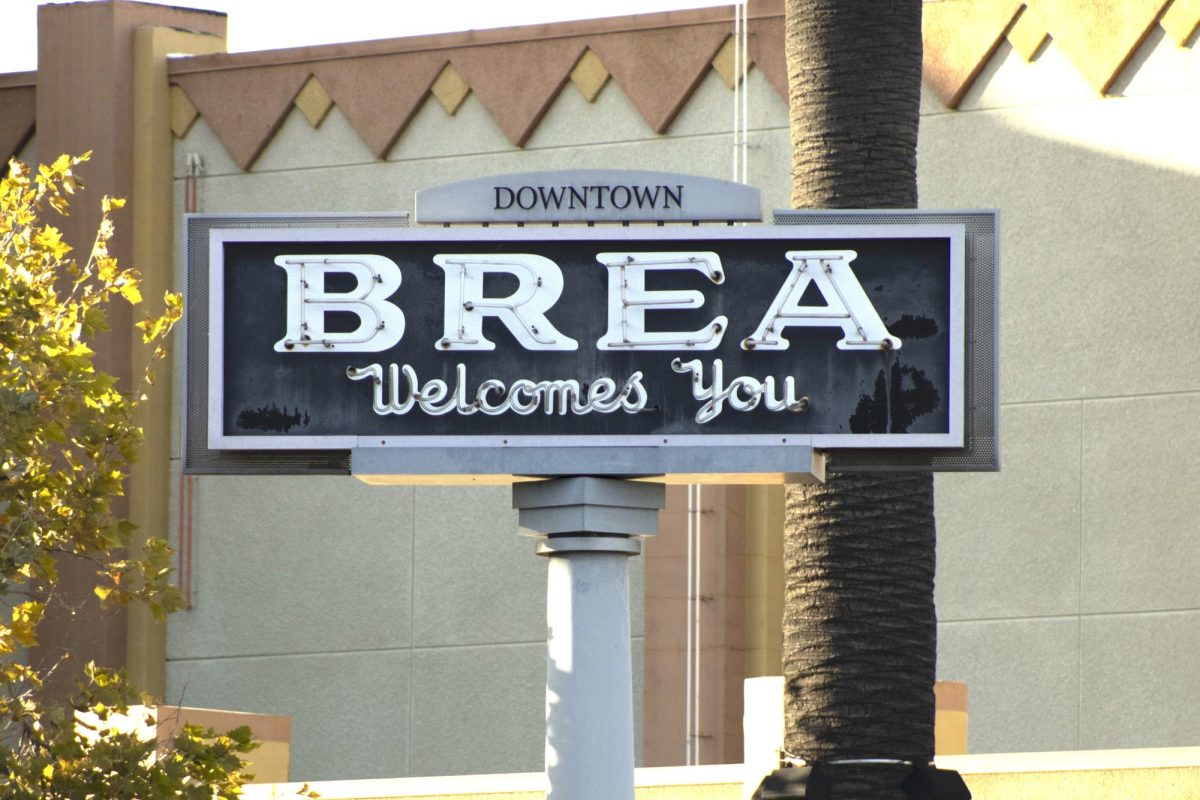



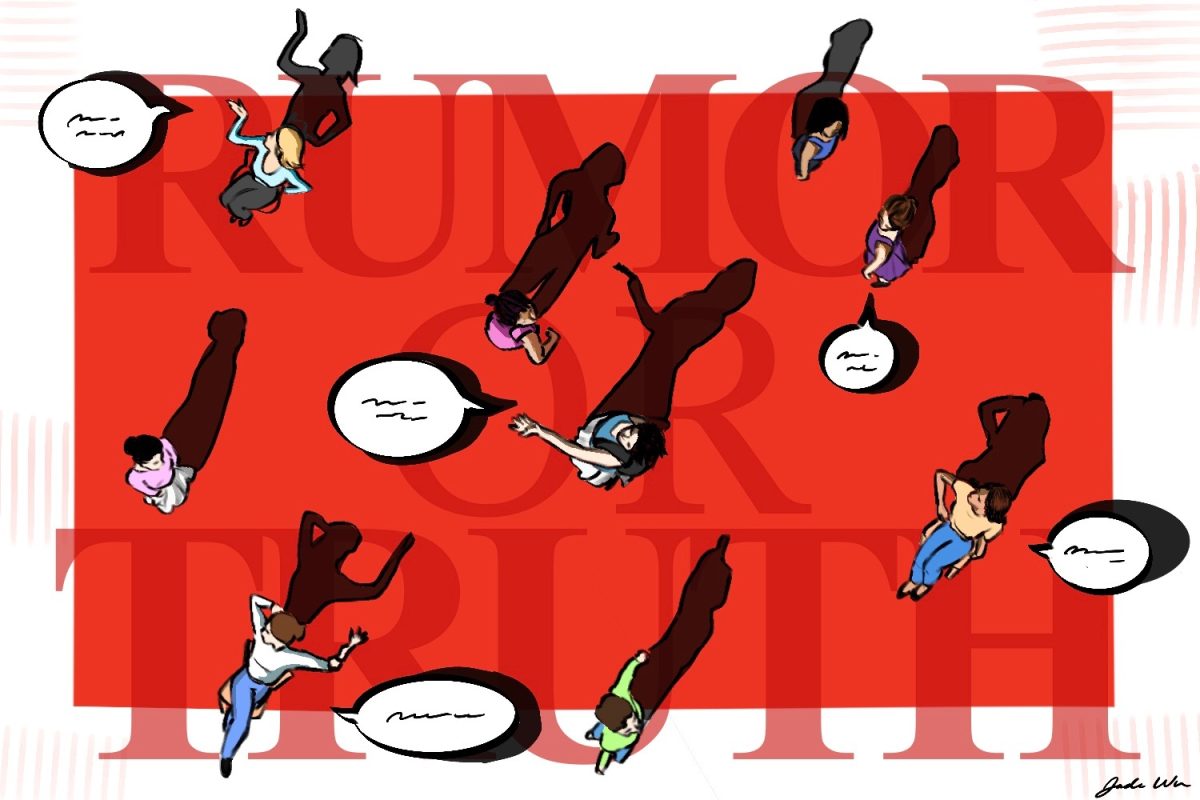



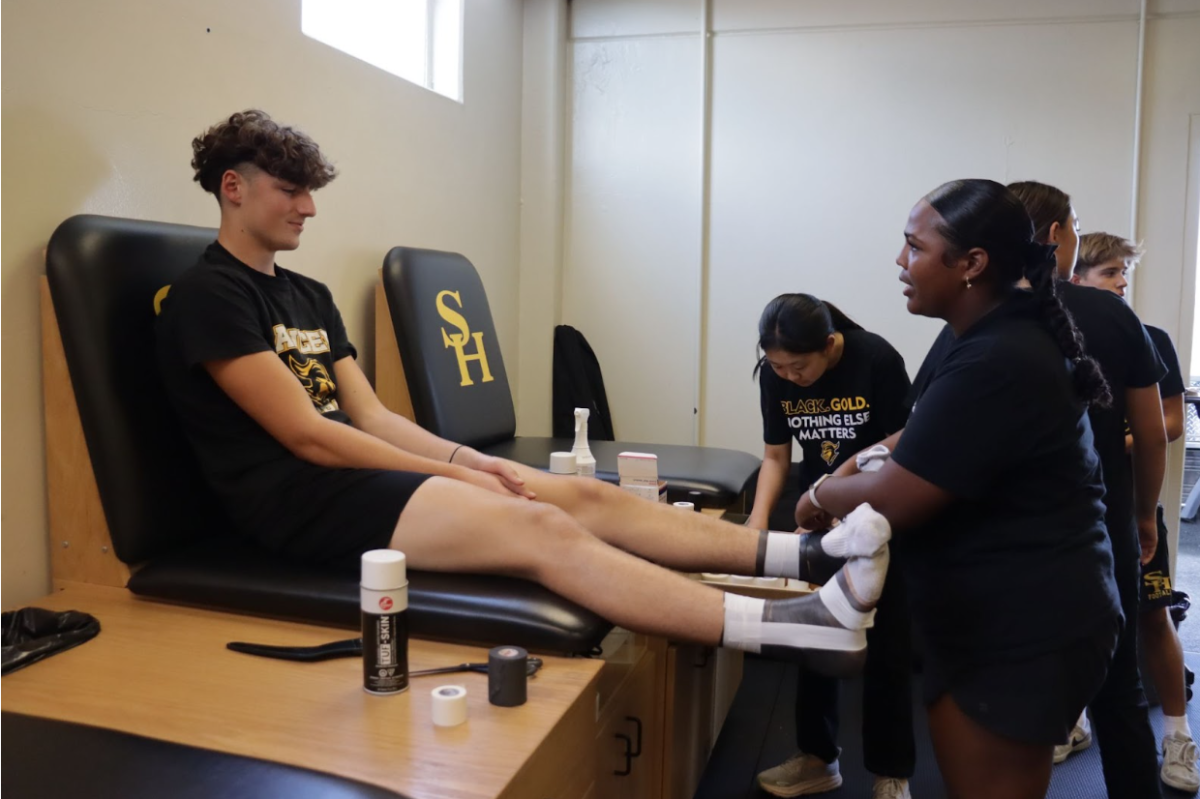
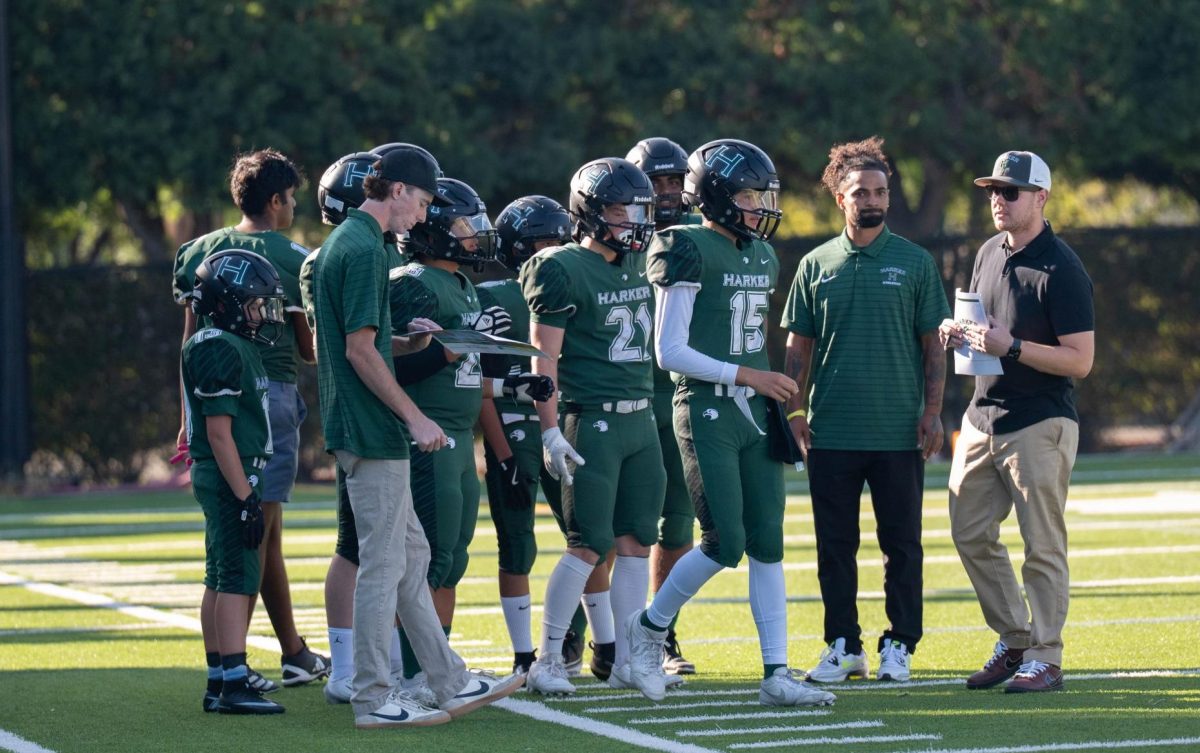
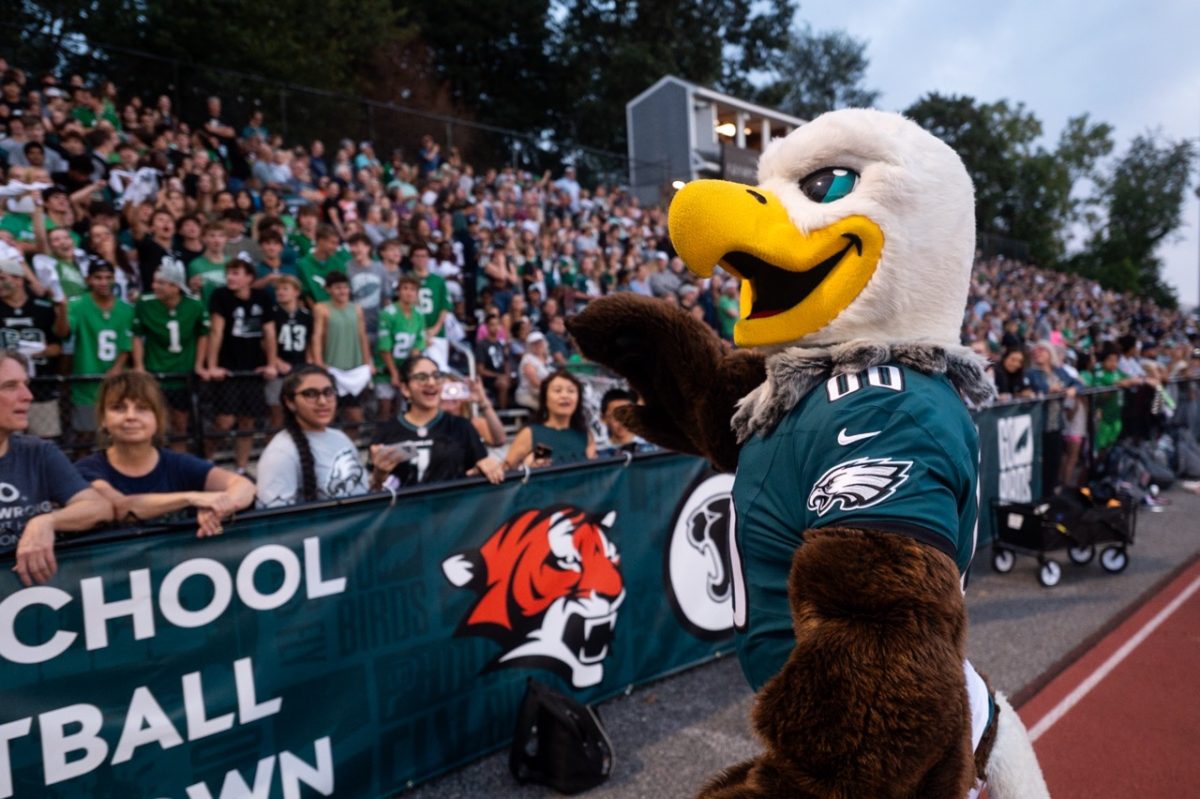

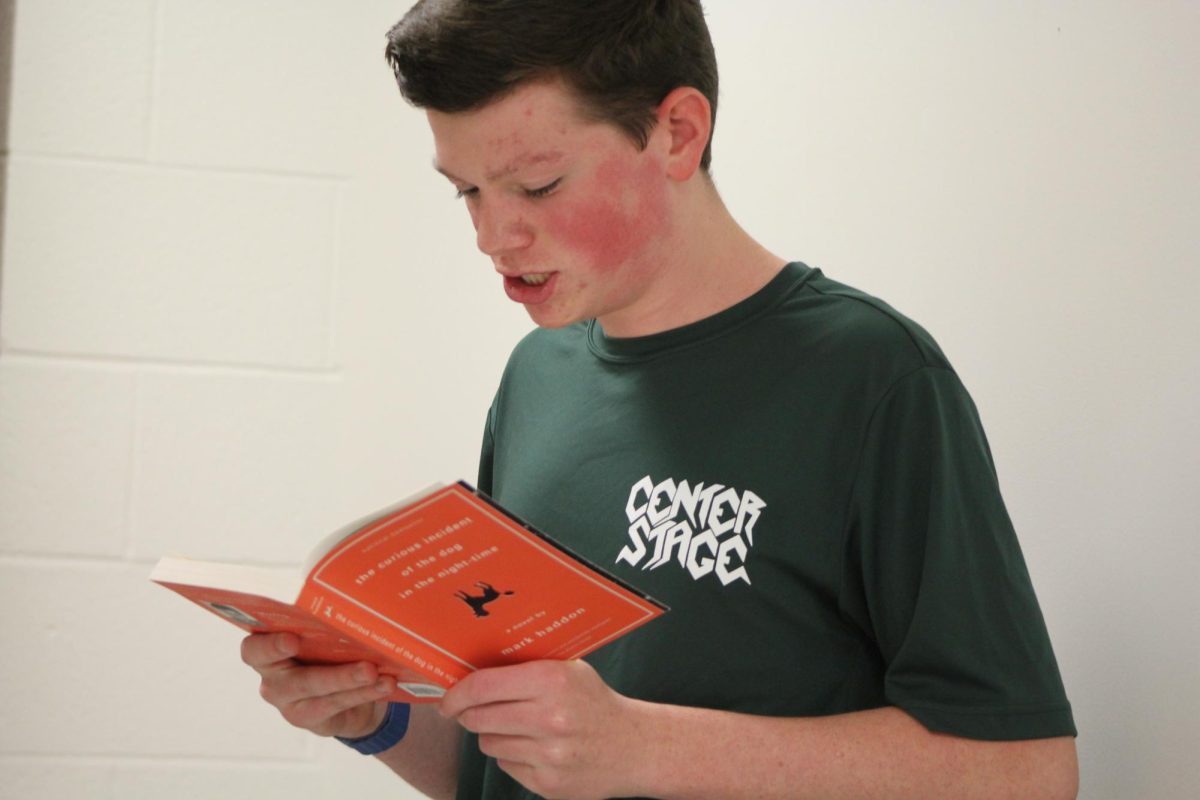
![Gazing across the stage, sophomore Alexis Monteleone performs in the school theater. The Monteleone family’s band “Monte and the Machine” has been releasing music since 2012, but Alexis started her own solo career in 2024 with the release of her first single, Crying Skies. “My whole family is very musical, [and I especially] love writing [songs with them],” Monteleone said.](https://bestofsno.com/wp-content/uploads/2025/10/DSC7463-1200x798.jpg)
